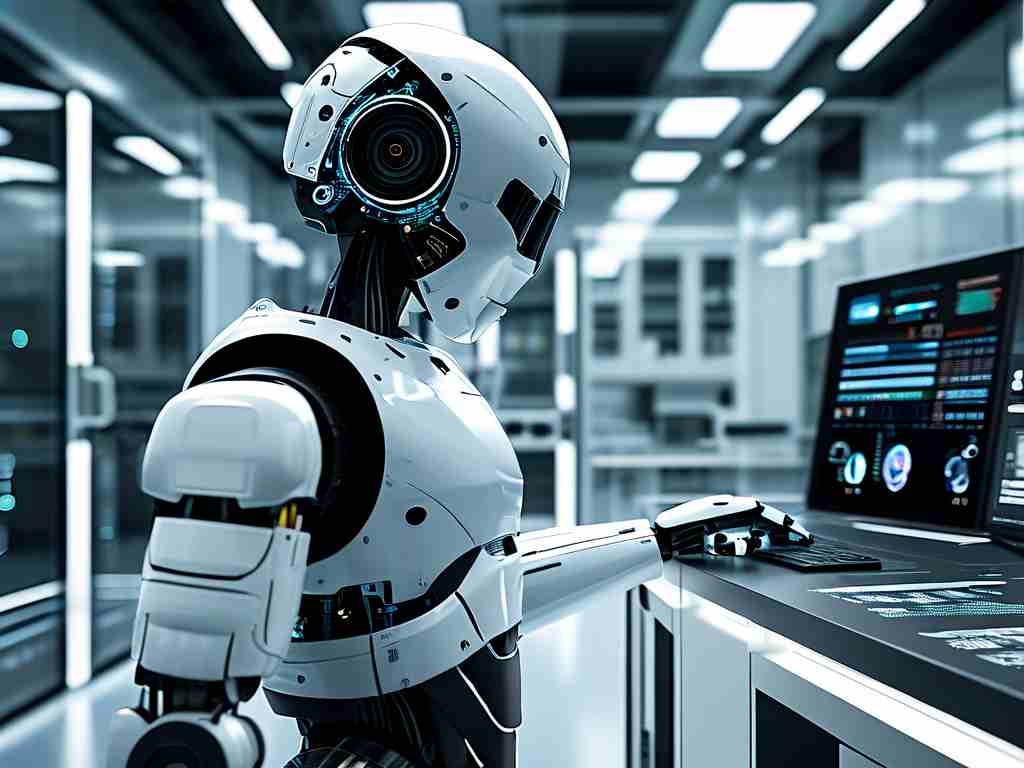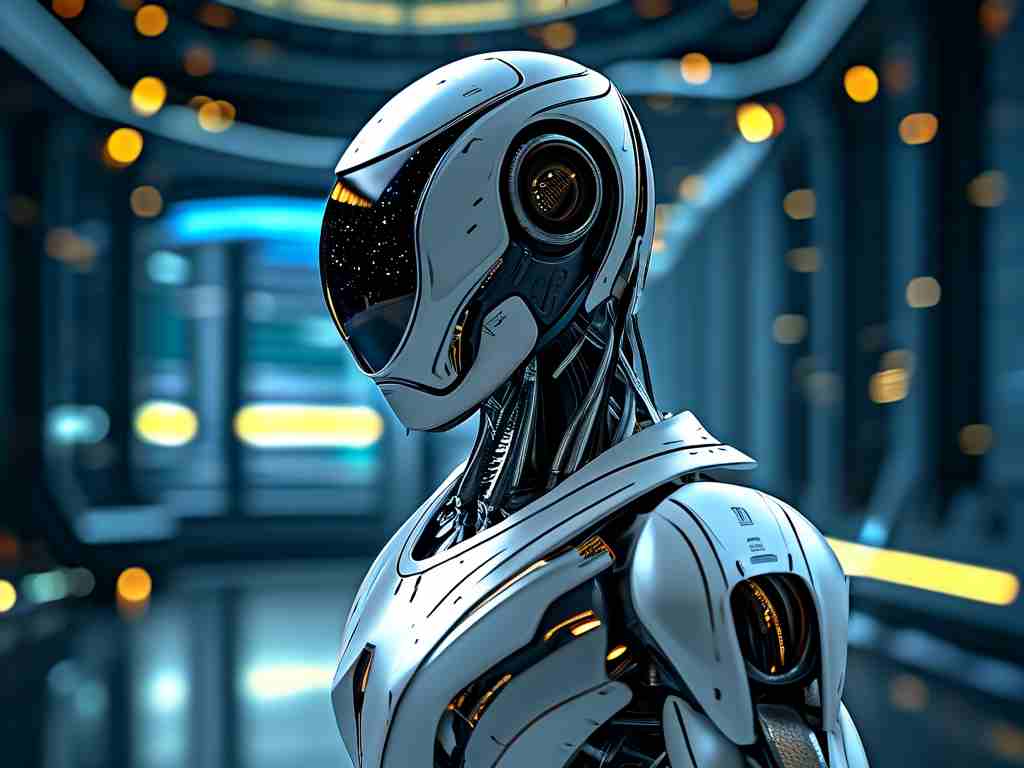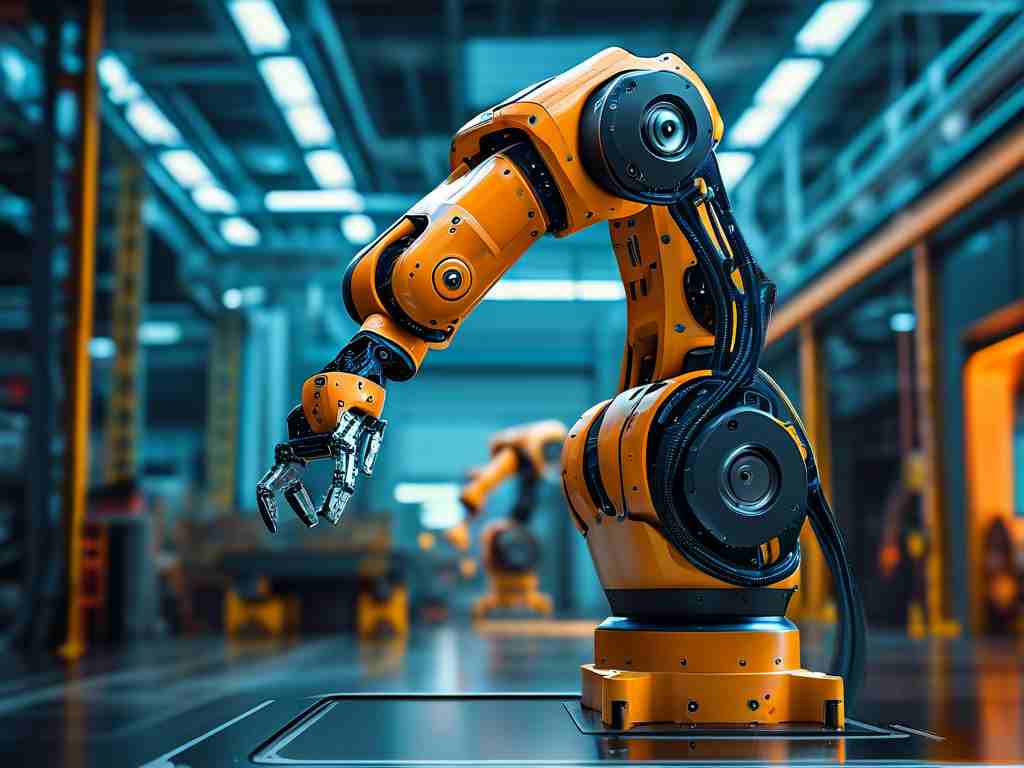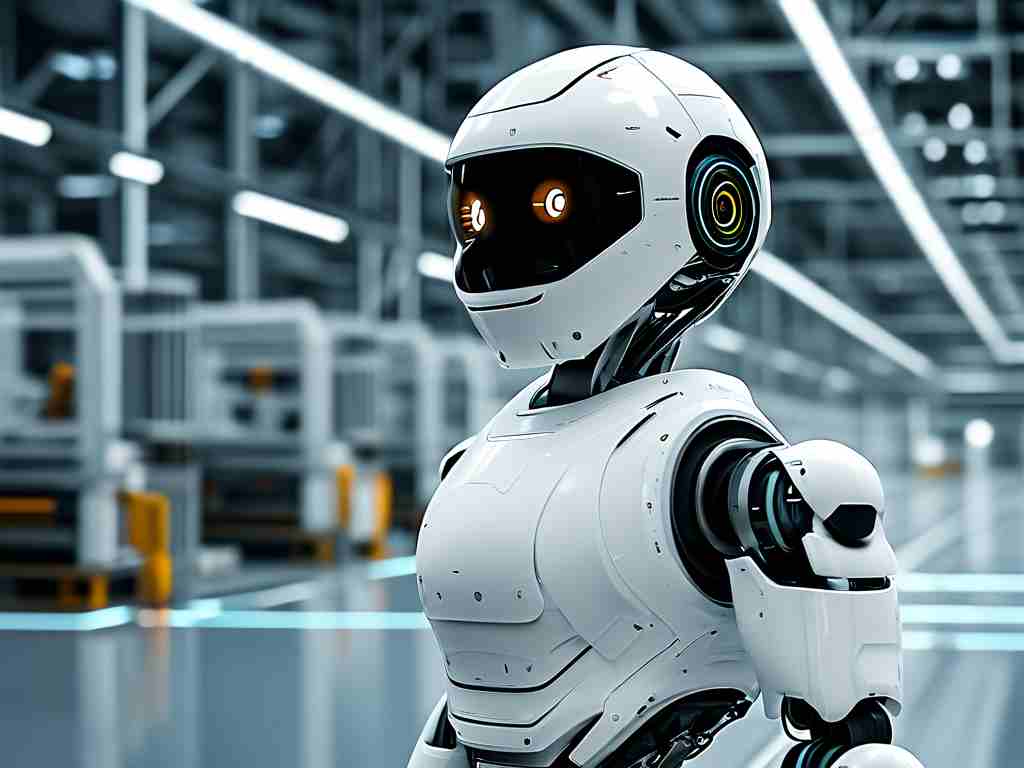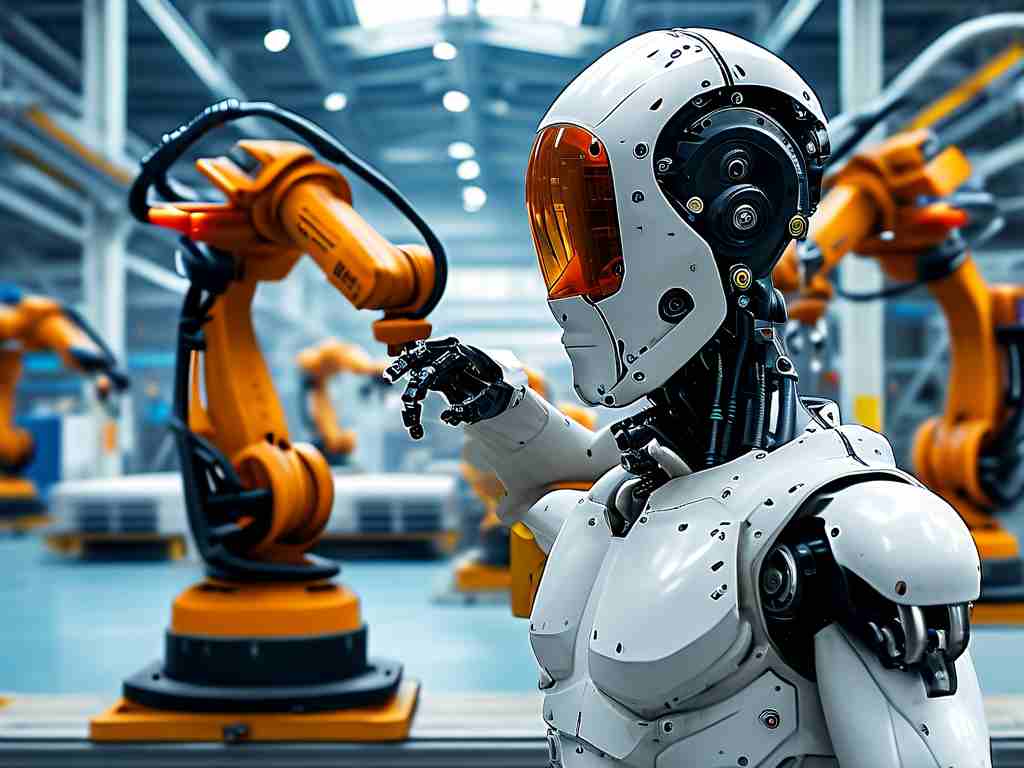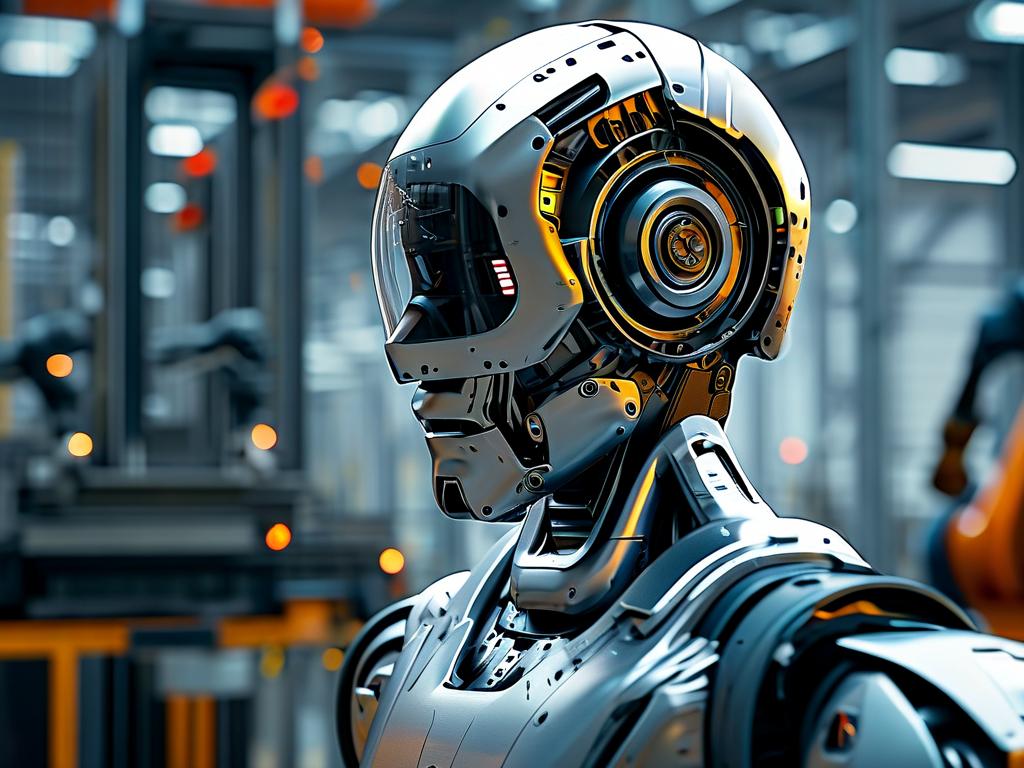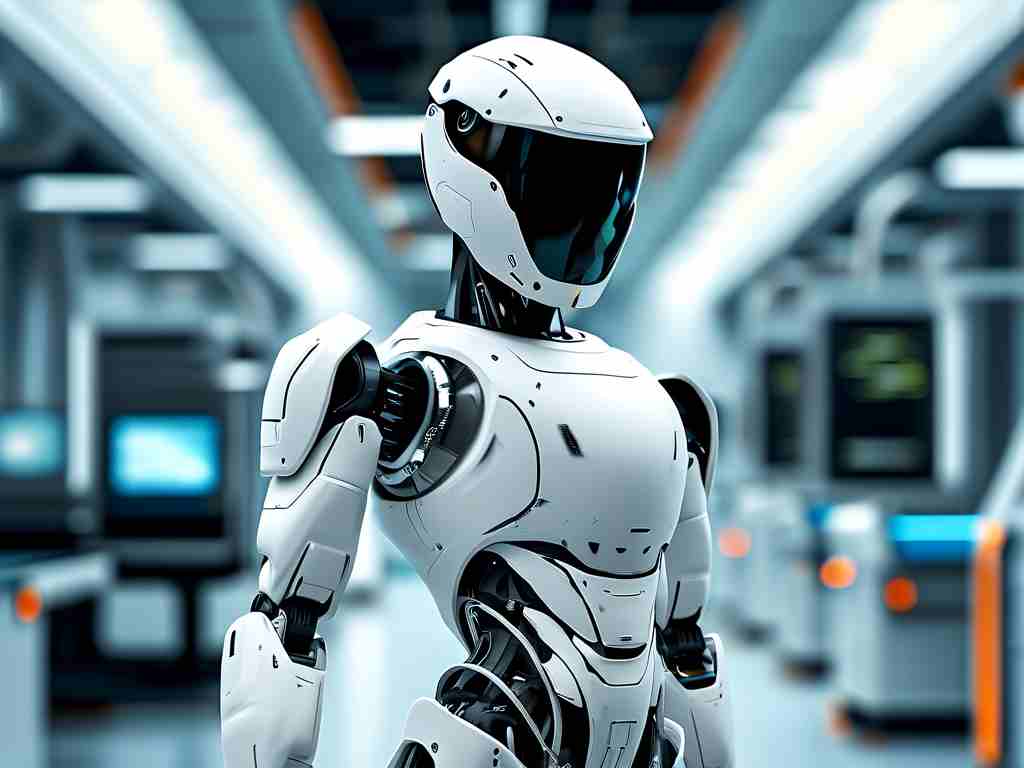As global industries accelerate digital transformation, Huaxin Technology has emerged as a trailblazer in humanoid robotics, combining cutting-edge AI with mechanical engineering to redefine automation standards. Unlike conventional industrial robots limited to repetitive tasks, Huaxin's humanoid models integrate adaptive learning systems, enabling them to perform complex operations in dynamic environments—from precision manufacturing to healthcare assistance.

The Architecture Behind Huaxin’s Humanoid Breakthrough
At the core of Huaxin’s innovation lies a proprietary neural network framework dubbed SynapseX. This architecture processes real-time sensory data—including LiDAR, thermal imaging, and tactile feedback—to simulate human-like decision-making. For instance, in automotive assembly lines, these robots adjust grip strength based on material density, reducing error rates by 37% compared to traditional robotic arms. A snippet of their motion-planning algorithm illustrates this adaptability:
def dynamic_grip_calibration(sensor_data):
material_density = sensor_data['pressure'] / sensor_data['surface_area']
if material_density < 0.8:
return "adaptive_soft_grip"
else:
return "precision_rigid_grip"
Industry Applications and Ethical Considerations
Huaxin’s robots are already deployed across sectors. In healthcare, models like MediBot-HX9 assist surgeons by predicting instrument trajectories during minimally invasive procedures, leveraging predictive analytics trained on 50,000+ surgical recordings. Meanwhile, in disaster response, the RescueBot-HX12 navigates rubble using swarm intelligence, sharing environmental data with peer units to optimize search patterns.
However, this rapid advancement sparks debates. Critics highlight job displacement risks, particularly in manufacturing hubs where humanoid robots could replace 20% of manual roles by 2030. Huaxin counters by emphasizing their "Human-Robot Synergy" initiative, which reskills workers to oversee AI systems. "Our goal isn’t to eliminate jobs but to elevate human potential," says Dr. Li Wei, Huaxin’s Chief Robotics Engineer.
Market Impact and Future Roadmap
Analysts project Huaxin’s humanoid division to capture 15% of the $120 billion service robotics market by 2026. Competitors like Boston Dynamics and Tesla Optimus are racing to match their AI integration, but Huaxin’s edge lies in modular design—allowing clients to customize robots for niche tasks without overhauling hardware.
Looking ahead, Huaxin plans to deploy quantum computing-enhanced models by 2028, targeting nanoscale manufacturing and personalized education. As AI ethics frameworks evolve, the company pledges transparency, publishing third-party audits of its decision-making algorithms.
In a world balancing automation with humanity, Huaxin Technology’s humanoid robots exemplify how machines can augment—not replace—human ingenuity, provided innovation walks hand-in-hand with responsibility.


